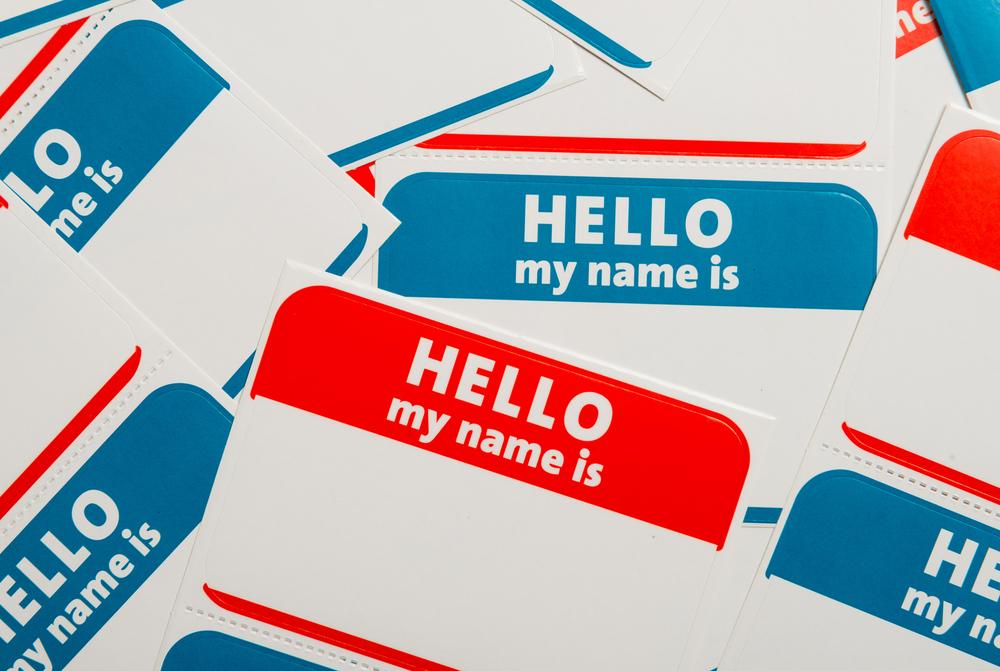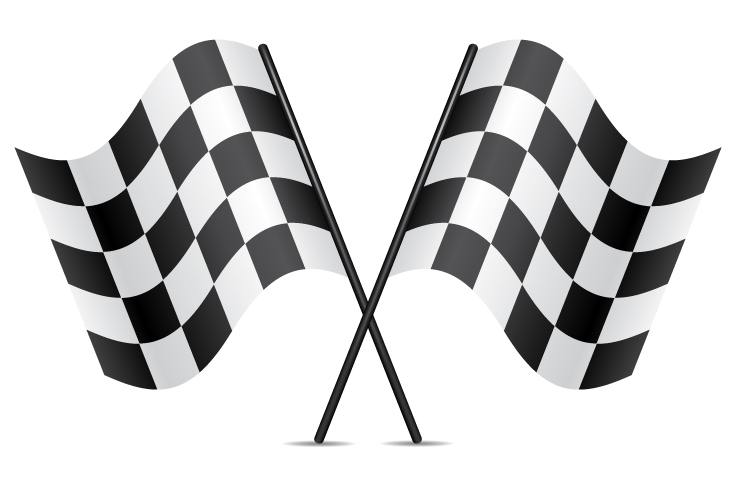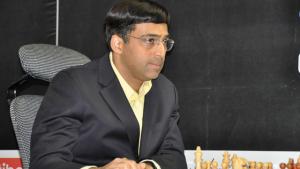
The Anti-Sicilian Without A Name
Among the less-trodden paths White can follow against the Sicilian Defense is the system with the seemingly paradoxical combination of Nc3 and Bb5.
To my knowledge, this variation, unlike most of the other anti-Sicilians, has no name. It is also fairly new.
1.e4 c5 2.Nc3 Nc6 3.Bb5
The obvious difference -- and from one point of view, downside -- of this variation compared to the Rossolimo (1.e4 c5 2.Nf3 Nc6 3.Bb5) is that Black can respond with 3...Nd4, seemingly making the position of the bishop on b5 irrelevant.
The advantage is that the white f-pawn is free, unblocked by a knight on f3. This allows White to play f2-f4, gaining additional influence in the center and kingside, and perhaps leading to a kind of super-charged Grand Prix Attack.

I have been playing this variation since 2002 with a lot of success. I have found that it is a great weapon for beating lower-rated players, particularly young players who might be looking for a theoretical fight in the Open Sicilian, but whose understanding of positional and tactical themes in a fairly unknown situation might be lacking.
The types of positions that result involve a lot of imbalance, which leads to clear strategic plans for White and some serious consequences for misjudgments.
In fact, I think this line has a very rich variety of themes and is much more attractive than the actual Grand Prix (3.f4), where White's play mostly revolves around blunt attacking methods on the kingside. In this nameless system, there is a huge variety of positional and attacking methods. While White might get a kingside attack similar to the Grand Prix, there are also positional methods with the doubling of the black c-pawns, or the exchange of a knight on d4 resulting in doubled d-pawns. Black might change the structure with an early ...d5 resulting in some new strategies.
One of the downsides of this system is that it is not always possible to reach it. After 2.Nc3, depending on which kind of Sicilian Black is trying to reach, he might play 2...d6, 2...e6, 2...g6, or 2...a6 instead. Nevertheless, each of these have their downsides and each restrict Black's choice in the event that White reverts to the Open Sicilian.
For instance, if Black is trying to reach a Najdorf then he would chose 2...d6, which would allow an "improved" Grand Prix by 3.f4. Alternatively White could go back to an Open Sicilian by 3.Nge2 followed by 4.d4, as I have usually done.
On the other hand, if Black wants to play a Sveshnikov or Kalashnikov Sicilian, then 2...Nc6 is the only way, and Black cannot avoid the 3.Bb5 line. This works very well against such players.
I have a huge number of my own games I could show in this variation, but I decided to stick with two recent games which helped me to win the Columbus Open.

Immediately after returning from Europe I set off on the eight-hour drive from Philadelphia to Columbus. It was a tournament I couldn't miss, since these kinds of tournaments usually work out well for me and help me to make a living.
In the third round I played against local master John Hughes and this variation appeared on the board. First, let's look at this game.
In the fourth round I got a slightly worse position without winning prospects against another local player, FM Carl Boor, so I offered an early draw. Before the last round, IM Goran Vojinovic, a 2400-rated player from India named Pratik Shriwas, Boor, and I were tied for first with 3.5 points out of four.
I was lucky that GM Sergei Kudrin had drawn with his much lower-rated opponent in round four and thus had only three points. Had he won there would have been five players with 3.5 and we would probably play, while one player would play down to the next score group. As it was, I played against the lower-rated Shriwas, with a win meaning at least a tie for first.
It is not often anymore that I go into a game knowing literally nothing about a fairly strong opponent's style or opening repertoire. Again, though, I was happy to get the position after 3.Bb5. I had been extremely tired since the day before (probably due to the long drive), had awoken the morning of the last two games feeling even more tired than before I slept, and by this game was on the verge of collapse.
But I got a better position, a grim struggle commenced, and eventually I broke through. Thus Vojinovic and I tied for first, since he also won his last game.






